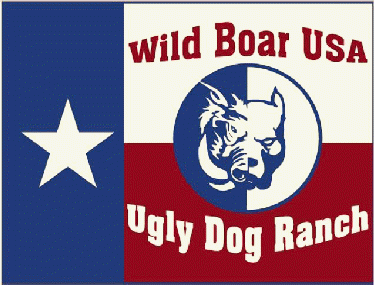|
Wmwendler
|
 |
« Reply #20 on: September 02, 2012, 09:58:00 pm » |
|
.....have you read the article by Hazel Oatman Bowen that was originally in the Cattleman Magazine in 1942? I had previously read what I thought was the whole article (I somehow dug it up searching the web) but, after browsing the NLDA web site I discovered they had the whole article. I just finished reading it and it changes a few things for me because there was more info that I was not aware of. To start is the part where it mentions when "George Lacy first introduced that type of dog (the Lacy type) to the area from East Texas" "It was some 45 years ago". The article was writen in 1942 that puts these events starting pre 1900's. Later than I originally was thinking and A time in which the Cur dog may well have still been in a development stage in which it was not yet a type that bred true. This changes my train of thought a little bit. It moves me to think that maybe the Lacy dog was not nececarily developed directly from traditional cur dogs as much as it developed at the same time, for the same purpose, and from the same root stock of dogs. Not to mention using the same style of work. No matter how you look at it. It is esentially a Cur dog, Like the BMC and the Catahoula. Further explanation from the 1942 Bowen article mentions specific dogs used by They Lacy Bros. to develpe thier line of dogs. One "was a yellow ring neck dog from east Texas that was simply a good type of stock dog" They also mention the dogs ears stood up when allert. That points to some collie influence as does the ring neck. Although they do not call it a collie. And Im assuming they would have specified if it was a collie. That assumption based on the fact that they do specify the breeds of another crossbred dog mentioned that was also one of the foundation Lacy dogs. A yellow ring neck dog from East Texas that is simply a good type of stock dog certainly says Cur dog to me. The other dog was reported to be a collie/hound cross and was blue in color. It goes on to say that "a majority of the hog dogs in the Lano section have Lacy blood in them, and are direct decendants of this original cross of the blue and yellow dogs". The rest of the article mentions other dog from other men used for free range hog work in the same area at the time. They mention collies, shepards, curs, and even a hound or bull dog or two but mention of wolves and no greyhounds. I am not aware any original articles that pre-date this one that mention wolves or greyhounds? I hold this one as being the most historically accurate being that (as far as I know) it is the earliest, and it was written at the end of the free range hog era and holds accounts of those that participated in free range hog work.
I've got a hunch that greyhounds did not even exist in Texas at that time. I'd have to dig up the facts to know for sure. More on that later.
Waylon
|
|
|
|
|
 Logged
Logged
|
|
|
|
|



